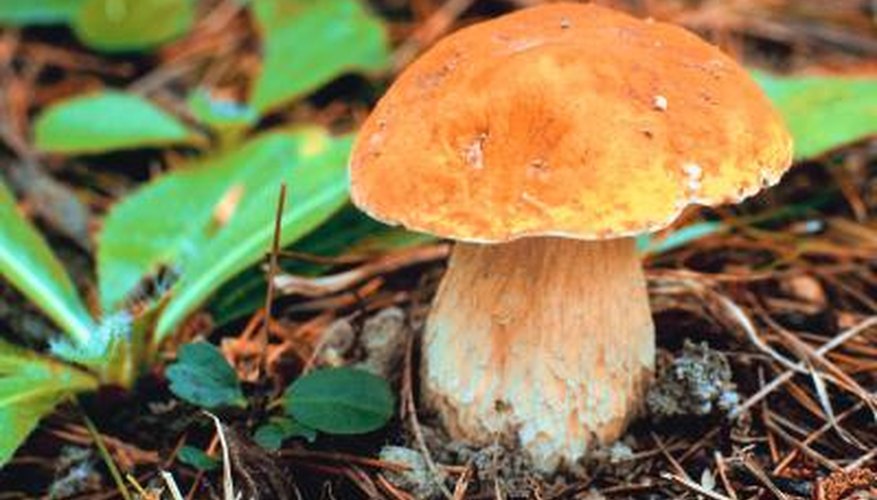Wild psilocybin mushrooms are found in many locations across the globe and occur in at least 10 different varieties. Some psilocybin-containing mushrooms have not been named as a strain yet and are simply called "unidentified." The most common of the wild psilocybin-containing mushrooms, Psilocybe cubensis, is found in the United States, Mexico, Central and South America and the West Indies. Psilocybin mushrooms can often be recognised by their colour, shape and stem bruising, which produces a blue colour. Psilocybin mushrooms should be carefully avoided because they carry major health risks and are illegal to use in the United States. The ingestion of these mushrooms can cause hallucinations, nausea, vomiting, drowsiness or even renal failure. Always carefully identify any mushroom in question before consumption to ensure that it is not of this type.
- Wild psilocybin mushrooms are found in many locations across the globe and occur in at least 10 different varieties.
- Psilocybin mushrooms should be carefully avoided because they carry major health risks and are illegal to use in the United States.
Look at the colour of the mushroom. Young Psilocybe cubensis mushrooms (typically these will be smaller ones) may be a deep golden brown colour, while more mature ones are a lighter golden brown colour.
Look for a centre marking. The Psilocybe cubensis has a distinct darker brown spot in the centre of the mushroom.
Look at the stem of the mushroom to see if there is a blue hue. This colour, which may be caused by an oxygen and psilocybin interaction, occurs with bruising of any type. If the mushroom has been touched by a human, insect, or even grass or other mushrooms this reaction is likely to occur.
- Look at the colour of the mushroom.
- This colour, which may be caused by an oxygen and psilocybin interaction, occurs with bruising of any type.
Look for a deep purple coloured gill cover. This mushroom veil is a very thin covering that stays on the mushroom gills until the mushroom cap fully expands, at which point it will break. A broken veil can often be observed circling the stems of psilocybin mushrooms.
TIP
If you have accidentally touched or come in contact with psilocybin mushrooms, avoid touching your face or mouth area and disinfect your hands thoroughly at the first opportunity.
